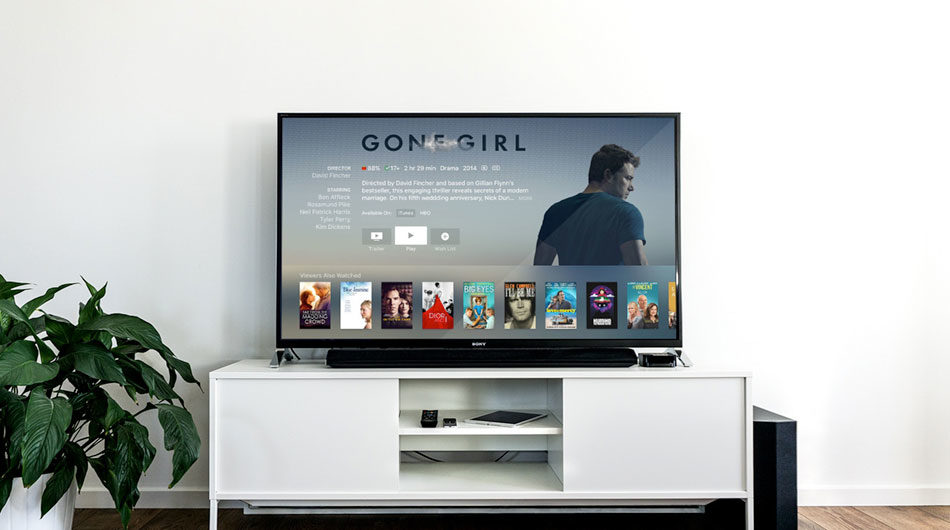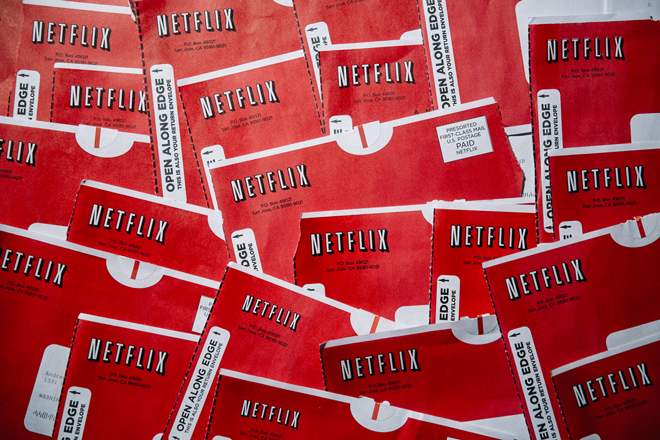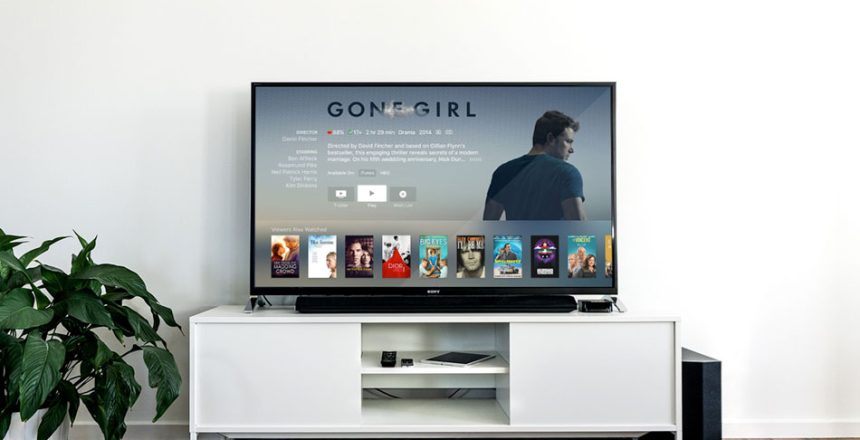The TV landscape continues to change. Where have we heard that before?

It is still a cash-generative industry but viewing habits are on the move. The traditional networks such as ITV, and BBC are losing both talent and viewers to the fast-track risers, brands such as Netflix, Amazon Prime, and Now. Indeed some of the best new programming is being shown first on streaming services rather than on traditional TV channels. Think ‘Narcos’, ‘The Grand Tour’ and ‘House of Cards’.
Whilst not yet delivering the scale of established TV networks, Netflix for example, is still in around 25% of UK households, and was looking to hit 6m subscribers by the end of 2016 (Source: Netflix). Providers such as Amazon are some way behind at 1.6m subscribers (Source: Barb) but there is clearly momentum in the market towards this type of service provision.
So what makes these newcomers so successful? how have they done it? And what learnings are there for content marketers?

Well first of all neither are newcomers. Amazon Prime started life 8yrs ago as a programme to get better shipping deals and discounts on shopping for membership. Netflix, founded in 1997 used to provide a service whereby they would post you (yes you read that correctly) DVD’s of your choosing.
So actually both brands had awareness and a following to start with. Their strategies therefore were one of NPD and not game changing technology advancements. But how they used their technology, alongside some with astute approaches to content helped forge their success.
How did they come to be known for top-notch original content and streaming services across devices? To shift from a distribution channel for movies and entertainment to content channels in their own right? What lessons can we take from this?
Know your audience – Creating and producing the content that your audience actually wants is what sets the best brands apart from the others. We all have an idea as to what people are looking for, but truly understanding what your audience wants and needs takes a content strategy to a whole new level. For example, people visit Amazon for a variety of reasons and this level of data amongst its Prime customers allows for the delivery of highly relevant content and a great experience.
Quality over quantity – You want content that does more, not more content. Focussing your effort (and budget) on higher quality content is a better strategy. Netflix’s deal with Disney cost them around $300m, but given the demand and passion for Disney this is a deal that will pay them back and provide them with a vault of evergreen content.
Staff appropriately – When you have top level buy-in for your content marketing programme you know its going to make waves. So whilst the operational side of things is important the appointment of a CCO (chief content officer), like Netflix’s Ted Sarandos, proves that the company understands the need for a board level appointment to make the vision a reality.
Be available where your audience wants you – This isn’t just about watching a movie on the commute to work but about understanding the contexts in which you are needed. Not just about entertaining but also about being useful. What parent would consider cancelling a VOD subscription when they have come accustomed to pulling up “Peppa Pig” at the drop of a hat?
All proving that as ever, ‘Content is King’



